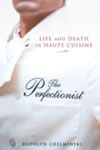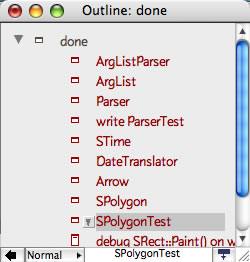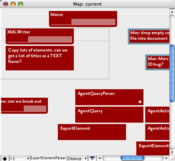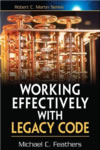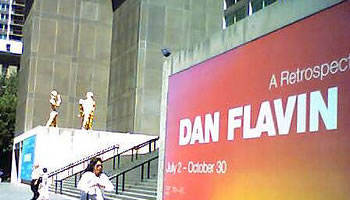This afternoon was too hot and humid for much progress in Tinderbox for Windows, and probably my last chance to catch a game this year. So, I packed up the files for a couple of hours and headed out to Lynn to say hello (and goodbye) the the spirited North Shore Spirit.
They were playing the Greys -- a team that was supposed to be from Bangor, Maine. But Bangor folded, and the forlorn Greys have spent the year playing only road games. They're cellar dwellars, playing out the string; the Spirit are a couple of games out of first and closing.
What's it like to spend a season on a bad team in a very minor league, playing out the string on a hot day in Lynn? One thing got answered: these guys care a lot about the games.
Garrett Weir (North Shore's leadoff hitter from Brooklyn, a guy who just looks like a leadoff hitter) leads off the bottom of the eighth, tied 5-5, with a dribbler down the first base line. The runner, the catcher, the pitcher, and the ball all converge about half-way down the line. The pitcher picks up the ball and tries to tag the elusive, speedy Weir. Weir says "Ole!" and tries to dodge the bag. The first base ump says "safe!" The play stands.
The pitcher is livid; he thinks he tagged the runner. The Greys' manager charges out; he thinks (correctly) that the runner was out of the baseline. The kids are screaming mindlessly, "he was out! he was out!" But it's a devil of a call -- he was out of the baseline, but the pitcher was in his path, but then again the pitcher does have a right to field the ball, and there are probably rules that matter here that I've forgotten. (A-Rod vs. Arroyo was only months ago, it cost the Yanks the pennant, and I got that one completely wrong when I saw it.)
The umps convene a small symposium. They explain things to the Greys' manager. He dissents. They explain some more. The conclave resumes. The call stands, inevitably. The manager shakes his head and walks back to the dugout. I'm watching him: he's got a tough job, and he seems like a capable and intelligent guy. (OK, the Greys did sacrifice a runner to second in the top of the third, which seems a lousy play to me. But when you're won 6-17 since the break, maybe it's worth a shot.)
He gets back to the dugout, and he's standing there being unhappy when he overhears his catcher -- his only catcher -- who is now standing at home plate and giving a generous helping of advice to the umpire. "This is not baseball!" is the part I caught -- these are, on the whole, the cleanest-spoken athletes of my experience. The manager runs over, pushes the catcher aside, tries to patch things up. We all know he's too late. The catcher picks up some bats and trudges out to the locker room, stopping en route to offer the blue crew some additional recommendations.
This means the Greys need a new catcher, so their emergency catcher straps on the tools of ignorance. Sacrifice, grounder, new pitcher (a good idea, because the Greys pitcher is still visibly steaming). Windup, pitch, backstop. Garrett Weir scores, and the Greys' emergency catcher is covered in dirt and frustration. And he's got a big tear in his trousers.
And he's due up in the 9th, where he's overmatched against North Shore's big reliever, and that's the ball game. As the umps headed for the locker room, the losing pitcher stood on the baseline and applauded them for their performance.
Yeah, they care.
